Michael Grätzel et al. show excellent device stability for perovskite solar cells tested outdoors in the hot, humid climate of Jeddah, Saudi Arabia.
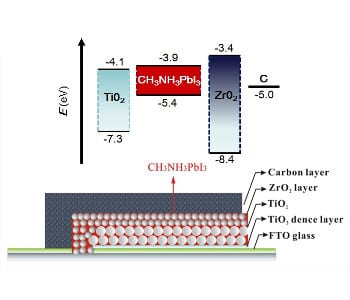

Michael Grätzel et al. show excellent device stability for perovskite solar cells tested outdoors in the hot, humid climate of Jeddah, Saudi Arabia.
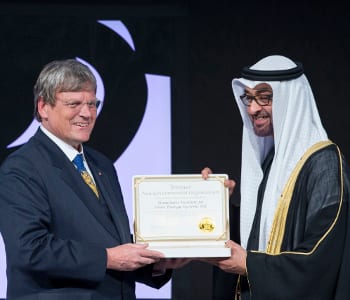
Prizewinners are selected based on the degree to which they achieve impact, innovation, long-term vision, and leadership in renewable energy and sustainability.
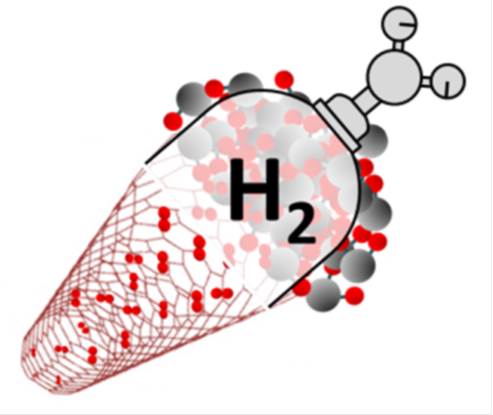
Researchers develop high-pressure hydrogen storage using nanocontainers made of single-walled carbon nanotubes with ice valves sealing the ends.
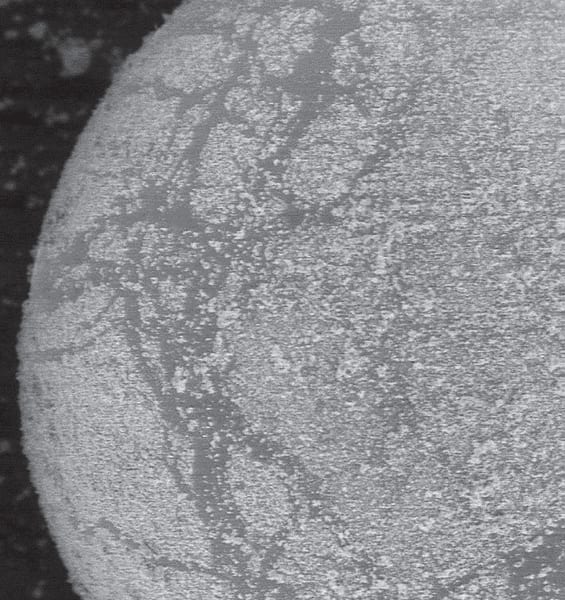
Researchers have developed a new system using galinstan liquid metal and nanoparticles, in what could be a major development for flexible and self-repairing electronics.
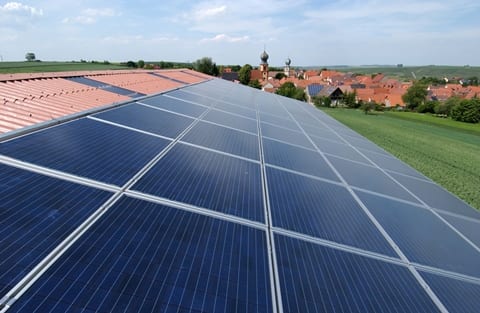
The new journal, Energy Technology, is accepting manuscripts on applied energy research in all areas of energy generation, conversion, storage, and distribution.
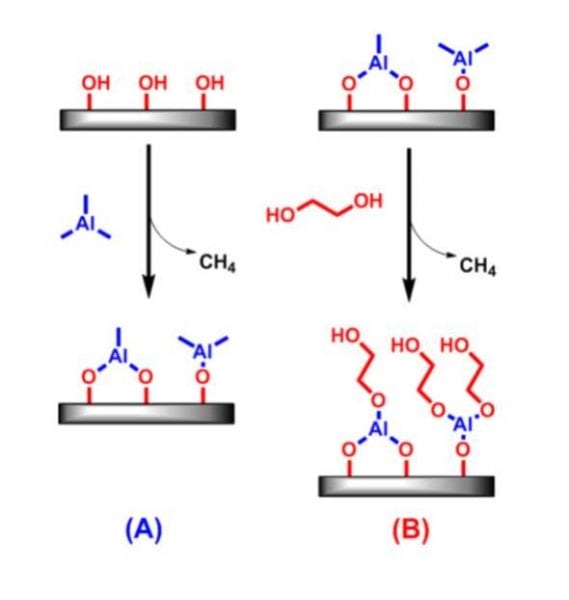
As the applications of nanotechnology grow more sophisticated, the controlled deposition of exceedingly thin layers of materials becomes of ever growing importance. A well-known technique called atomic layer deposition (ALD) can meet this challenge quite well for the...
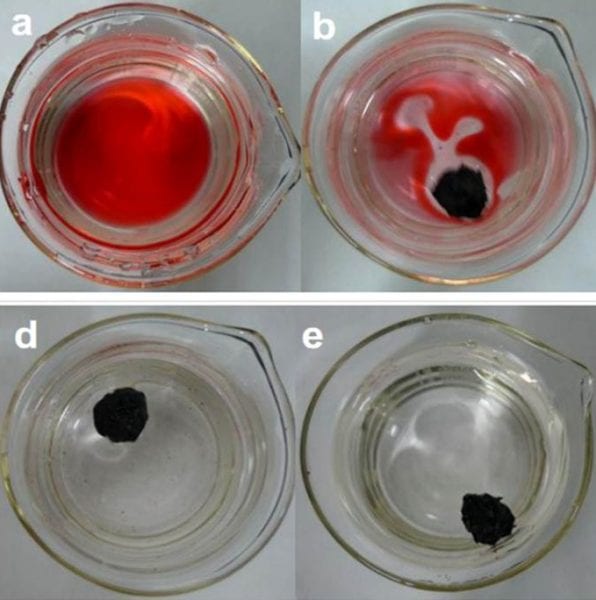
Rodney Ruoff and co-workers demonstrate the potential of graphene sponges as recyclable absorbents for cleaning up oil spills.
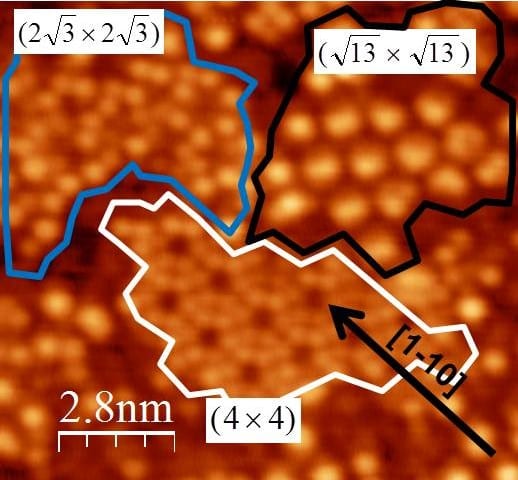
The next generation of computing could be performed with silicene, an atomically thin form of silicon which could revolutionize electronics.
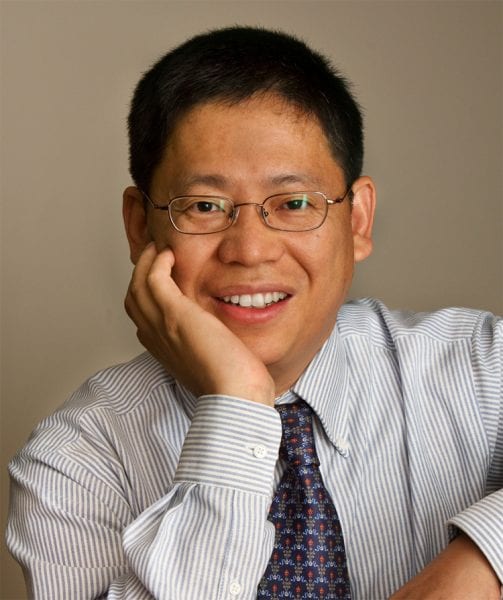
Professor Younan Xia talks with Materials Views about his move to Georgia Tech and the new direction of his research.
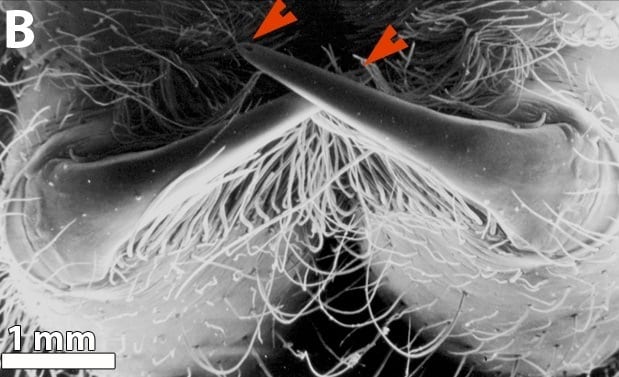
Prof. Peter Fratzl and co-workers analyzed the structure of spider fangs to gain a better understanding of chitin-based biomaterials.